Hydroponic gardening is a method of growing plants without soil, using nutrient-rich water solutions. This technique offers numerous benefits, including faster growth rates, higher yields, and the ability to garden indoors. Here’s a guide to help you understand the basic principles of hydroponic gardening and how to get started.
1. Understanding Hydroponics
Hydroponics involves growing plants in a water-based, nutrient-rich solution. The roots are supported by an inert medium such as perlite, rock wool, clay pellets, or peat moss. The key components of a hydroponic system include:
- Water: The primary growing medium, which delivers nutrients to the plants.
- Nutrients: A balanced mix of essential minerals and nutrients dissolved in the water.
- Light: Either natural sunlight or artificial grow lights to support photosynthesis.
- Oxygen: Ensured through proper aeration of the nutrient solution.
- Support: Structures to hold plants upright, often involving net pots or similar devices.
2. Types of Hydroponic Systems
There are several types of hydroponic systems, each with its advantages. Common systems include:
- Deep Water Culture (DWC): Plants are suspended in a nutrient solution with their roots submerged. An air pump oxygenates the water.
- Nutrient Film Technique (NFT): A thin film of nutrient solution flows over the roots, providing continuous feeding and oxygenation.
- Drip System: Nutrient solution is dripped onto the base of each plant, with excess solution being recirculated.
- Ebb and Flow (Flood and Drain): The growing area is periodically flooded with nutrient solution, then drained back into the reservoir.
- Wick System: A passive system where a wick draws nutrient solution from the reservoir to the plant roots.
- Aeroponics: Roots are suspended in air and misted with a nutrient solution at regular intervals.
3. Setting Up a Hydroponic Garden
To set up a basic hydroponic garden, follow these steps:
- Choose a System: Select a hydroponic system that suits your space and experience level.
- Set Up a Grow Area: Choose a location with adequate lighting. For indoor setups, use grow lights to provide sufficient light.
- Prepare the Nutrient Solution: Mix the nutrient solution according to the manufacturer's instructions. Maintain the correct pH level (usually between 5.5 and 6.5).
- Planting: Place seeds or seedlings in the chosen growing medium and position them in the hydroponic system.
- Maintain: Regularly check nutrient levels, pH, and the condition of your plants. Adjust the nutrient solution as needed and ensure proper aeration.
4. Advantages of Hydroponics
Hydroponic gardening offers several benefits over traditional soil-based gardening:
- Faster Growth: Plants grow faster due to direct access to nutrients and water.
- Higher Yields: More efficient use of space and resources often results in higher crop yields.
- Water Efficiency: Hydroponics uses less water than traditional gardening since the system recirculates water.
- Space-Saving: Ideal for small or indoor spaces, allowing for vertical gardening.
- Reduced Pests and Diseases: Less exposure to soil-borne pests and diseases.


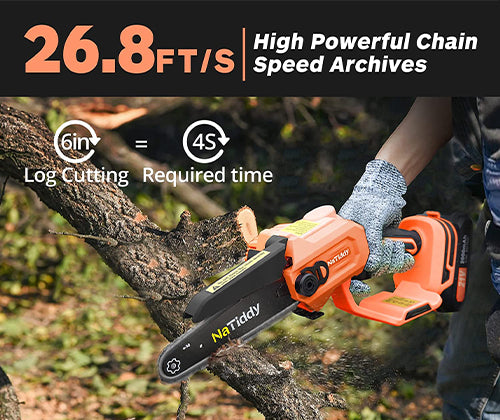
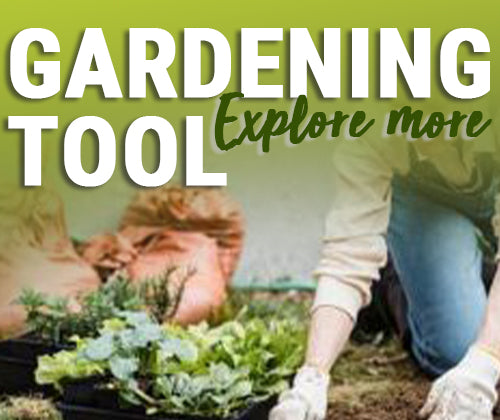


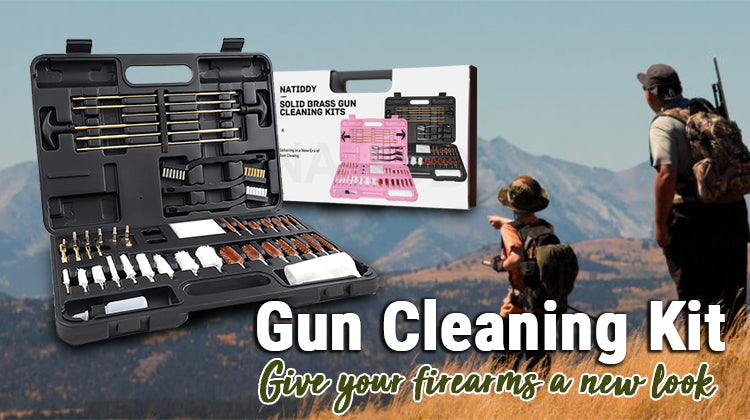
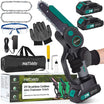
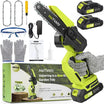
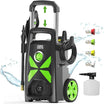
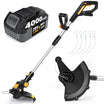






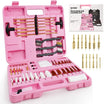
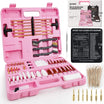
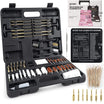
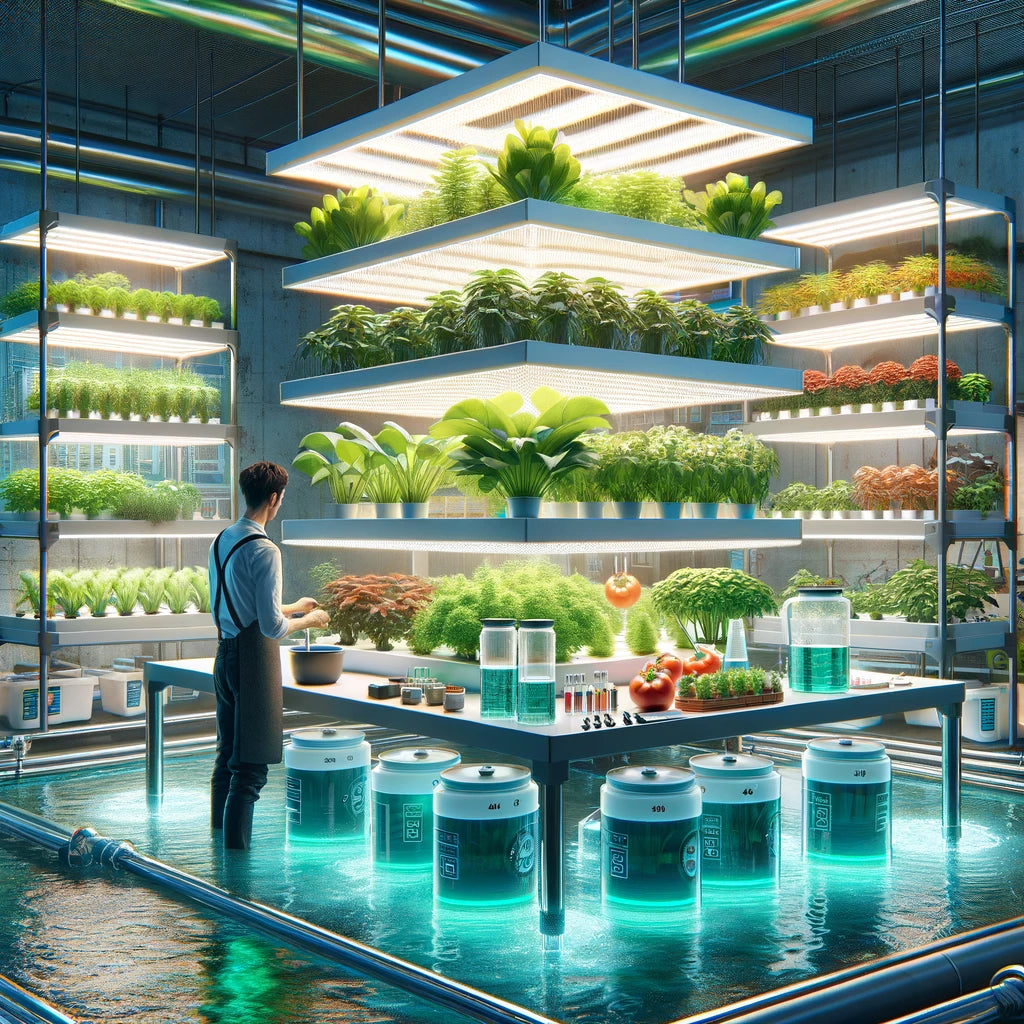
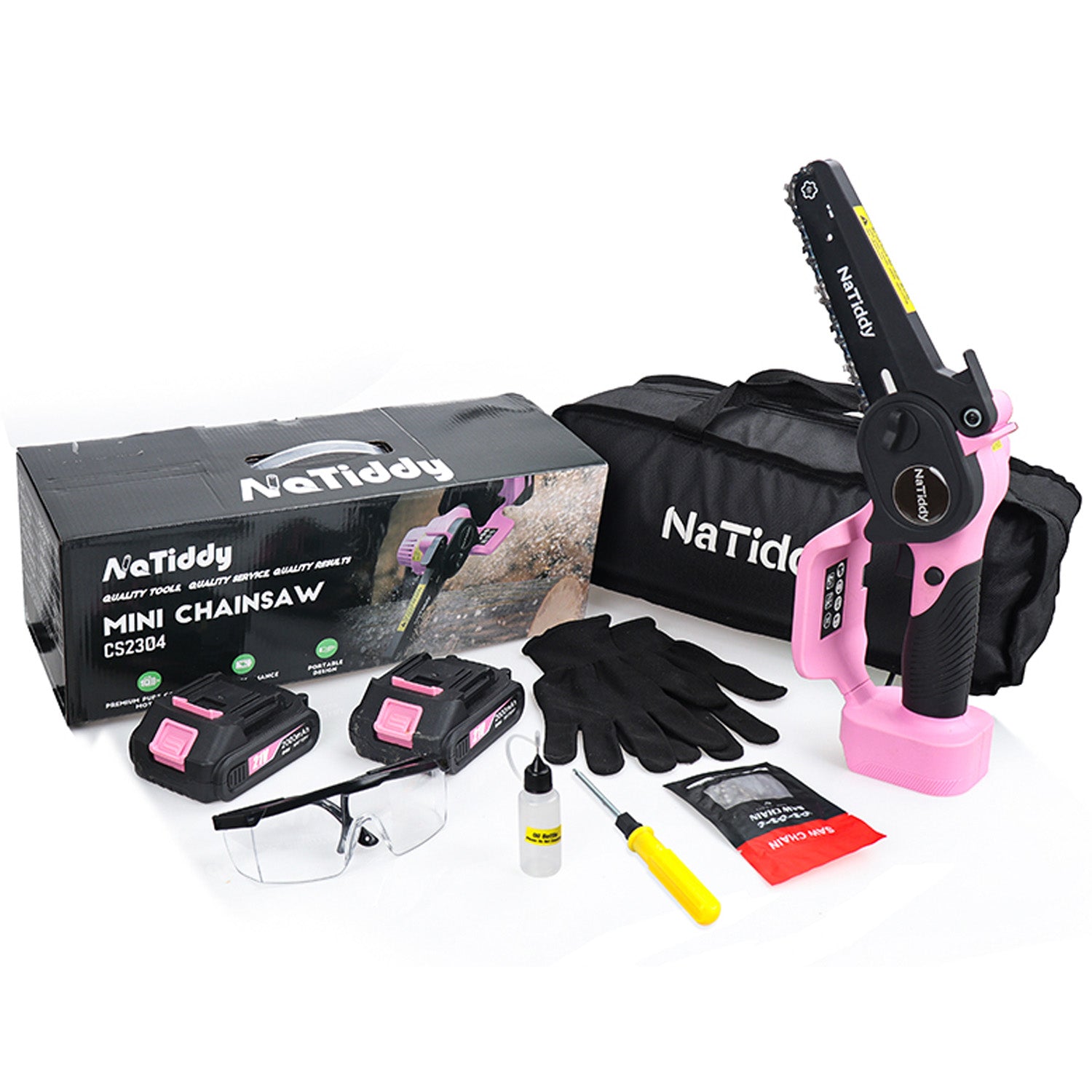
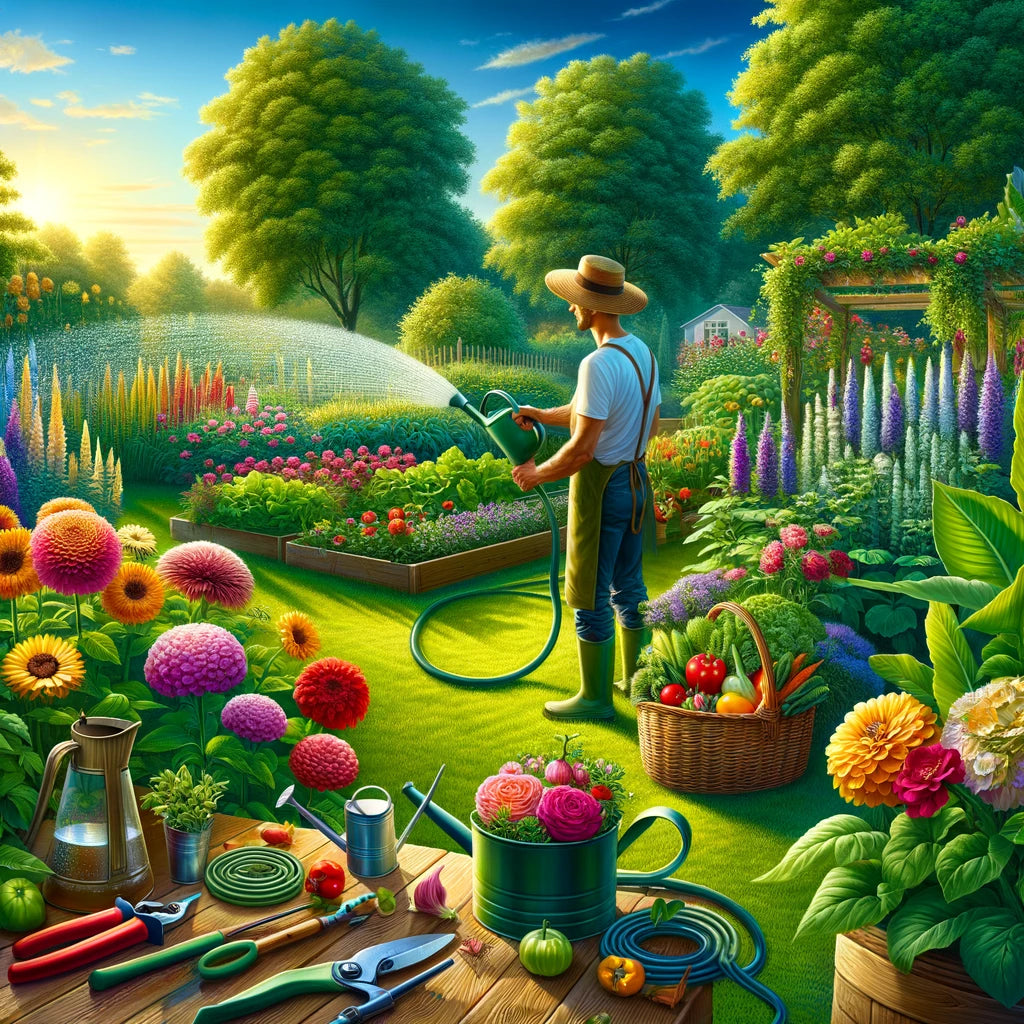
Leave a comment
All comments are moderated before being published.
This site is protected by hCaptcha and the hCaptcha Privacy Policy and Terms of Service apply.